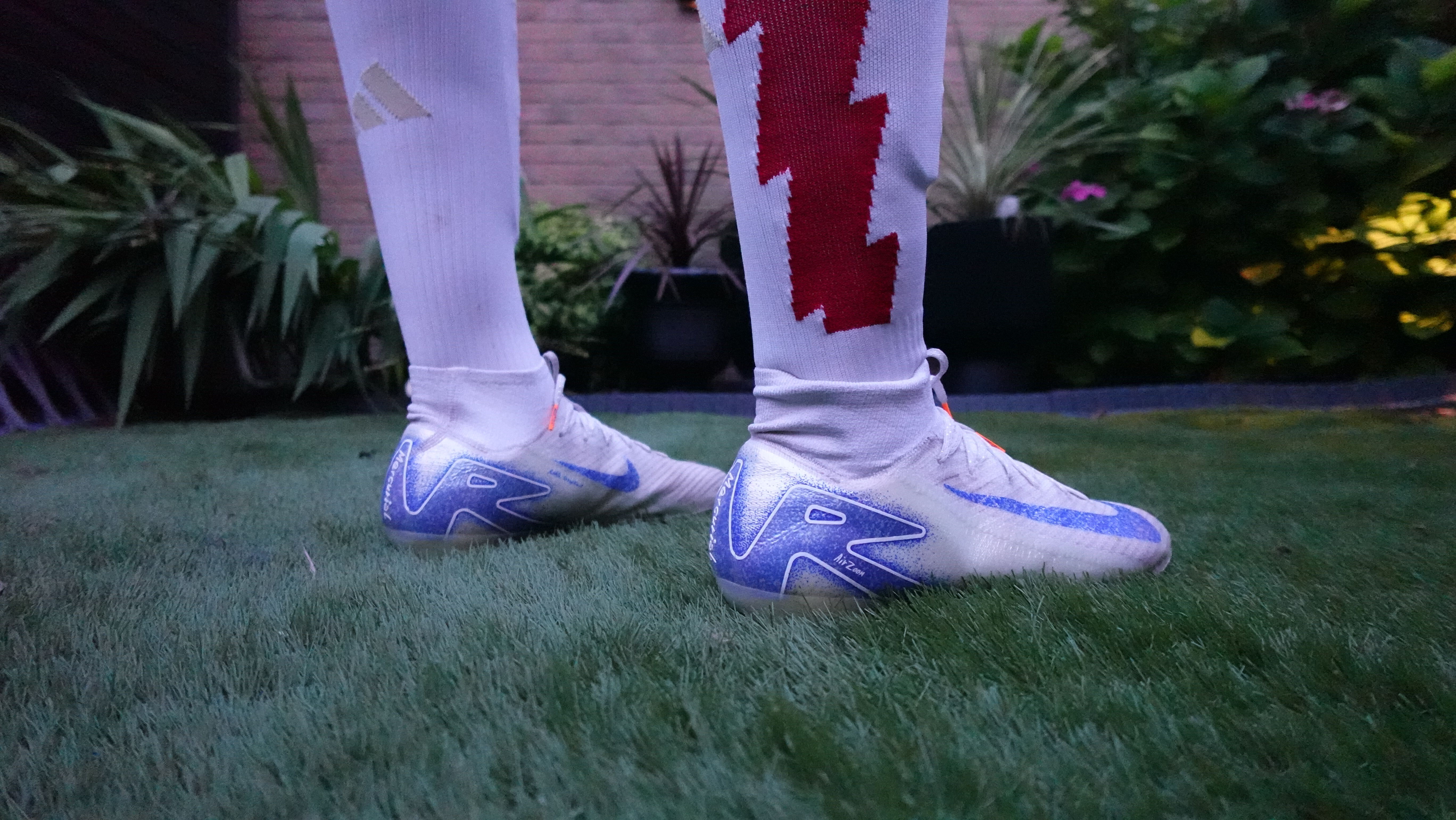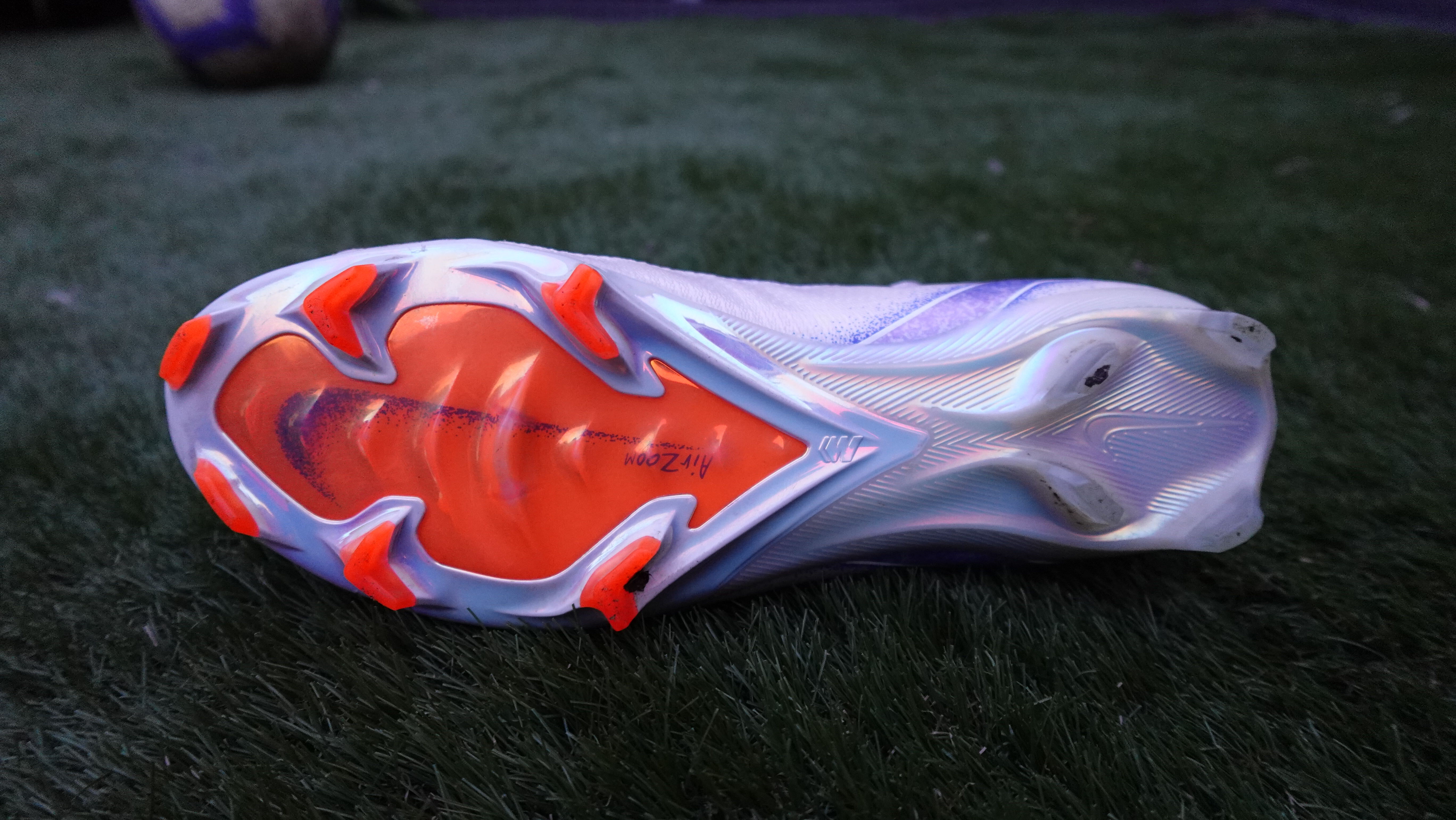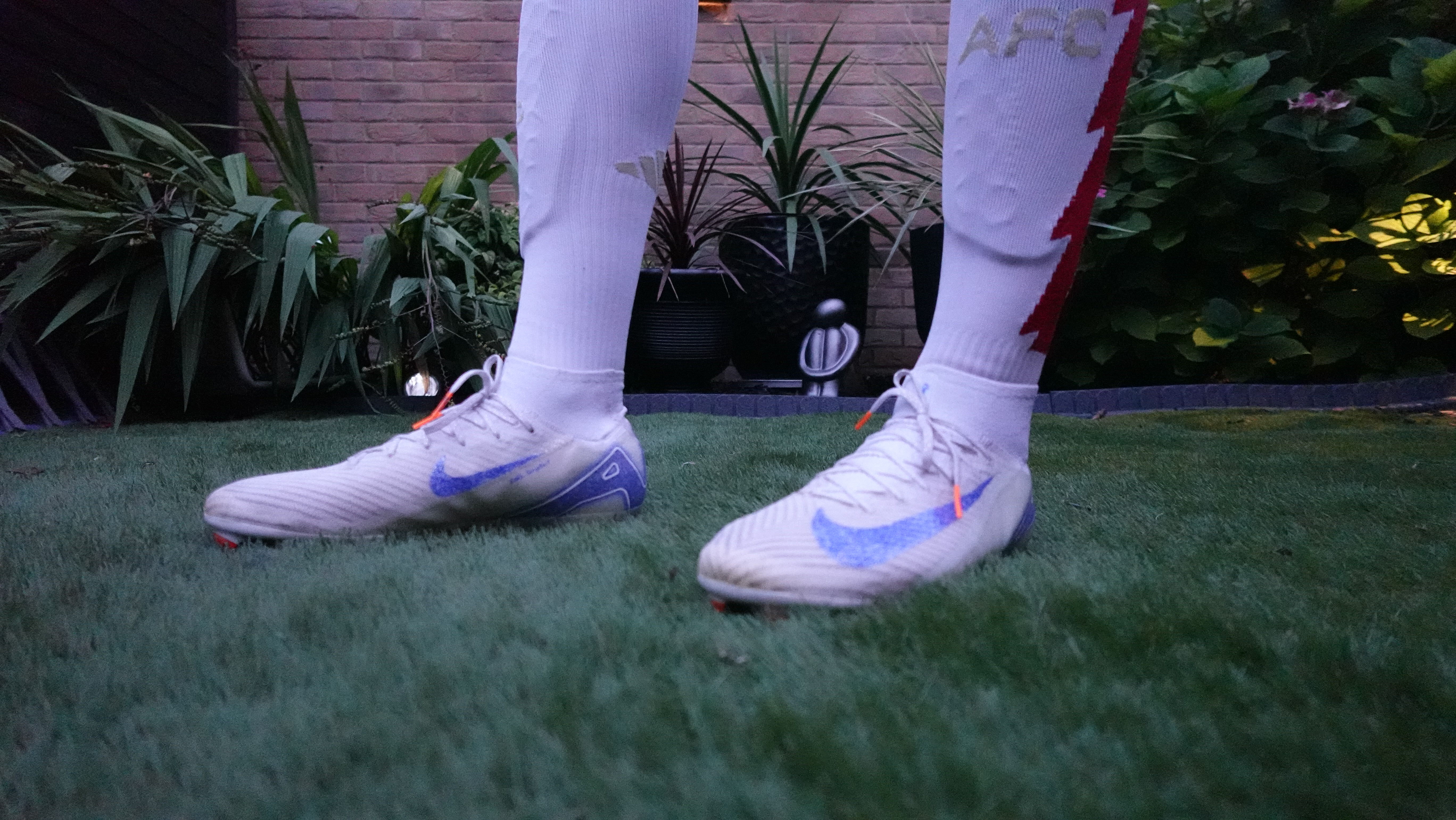
Synonymous with providing players with next level speed, the Nike Mercurial Superfly is often at the forefront of innovation and the pinnacle in implementing the latest technologies.
In this latest model, Nike has made a few eyebrow raising changes which may signify where the future of football boot development at the American brand could well be heading over the next few years. From a restructed soleplate to improved comfort, there's certainly plenty to discuss here.
I tried a pair to see whether Nike has actually improved its flagship speed model, or if improvements to the Superfly 10 has resulted in a deterioration of performance levels.
Nike Mercurial Superfly 10 review

What really stands out to me when it comes to the latest iteration of the Superfly is the, extremely surprisingly, comfort. In the past, the Mercurial model has needed a considerable amount of breaking-in time, but this latest model feels like it could be used straight of a box and into a game - it's that comfortable.
The heel is well cushioned, with the atomknit material, which is an evolved version of flyknit used on Nike’s running shoes, providing a very comfortable on-foot experience. In conjunction with the gripknit used on the Superfly's upper, this helps to provide a brilliant one-to-one experience when it comes to touch on the ball, as well as a stretchier fit that can conform and accommodate a larger range of foot types.
Indeed, in the past the Mercurial has become syonymous with having a narrower fit, but this has changed for tenth generation of the Superfly. The atomknit allows for the boot to stretch and accommodate most foot types, and I would certainly recommend getting your usual shoe size. Players with wide feet might still want to steer clear, though.

When it comes to the gripknit upper, touch on the ball is enhanced through the sticky yarn material, while it maintains a super-thin construction to adhere to its notorious lightweightness - great for wingers and strikers. The gripknit used on the Mercurial isn’t as heavily textured or gritty as on the Phantom GX series, but instead is smoother and has a waxy texture to it. Despite this, it still offers a very grippy touch and barefoot feel on the ball, Packaged together, the touch on the ball feels very responsive.
I found controlling the ball and dribbling a lot more enjoyable as a result. In my opinion, the gripknit is the star of the show on the Superfly.
Underfoot, the outsole also sees a change from the previous generation. Instead of tri-star studs, Nike have used what they called ‘evolved’ chevron shaped studs, along with a raised wave pattern to help get more out of the air zoom unit.

From my use of the boots, I couldn’t feel a difference in the air zoom unit, the outsole still provides a very responsive and bouncy feeling players who base their game on speed are seeking, with aggressive traction also offered from a standing start and in twists and turns.
Overall, I would say that the Mercurial Superfly 10 is a fantastic football boot. It ticks all the boxes that most players would want in a speed boot, but in a package that will provide for most players. The biggest compliment that you could give the boot is that it feels like a running shoe with studs on it. A great combination of comfort and speed - I'm certainly a fan.
More football boot reviews
New Balance Furon V7+ Pro review: The boot that proves why New Balance should NEVER be underrated again
Adidas F50 Elite review: Does the return of the iconic boot live up to expectations?
Nike Phantom GX 2 Elite review: An improvement on the best football boot of 2023







